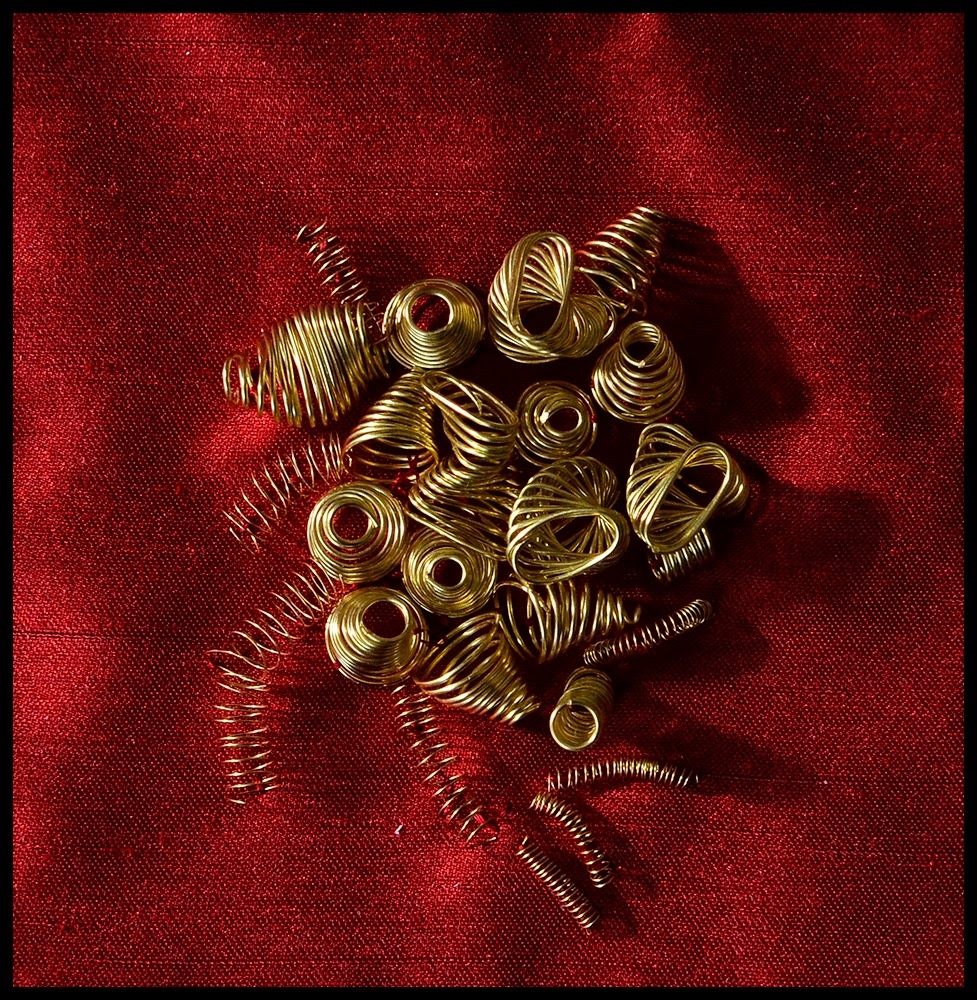I chose this option as my drawings are quite detailed, precise and realistic and therefore I felt this option may help me to loosen up. I looked through my images from the coast and decided to continue on my theme of layers and looking through; I came across an image of a theatre at Eastbourne and noticed in a small section of the photograph in the door glass that you could see abstracted reflections, one of which looked like a curved wave. I choose this shape to develop.
1.9.1
1.9.2
1.9.3
These images (all 4x7 cm) are:
- Original shape extended beyond the rectangle.
- Extended beyond the rectangle with lines added.
- Within the rectangle.
- Lines rotated 180 degrees within rectangle and mirror image.
- Image 3, with lines rotates 90 degrees and inserted twice.
- Lines rotates horizontally and vertically, with 180 degree rotation.
- Lines rotated 180 degrees and extended beyond a faint rectangle.
- Original lines with no box.
- Lines and rotated 180 degree lines, no box.
- Lines, rotated 180 and 45 degrees with no box.
- Circles added.
- Circles and shading within rectangle.
- Circles, shading and patterns within rectangle.
One of the surprising things to emerge from this exercise was the difference a rectangle (the traditional picture shape) can make to an image. In one way it helped to define the overall shapes but in another it restricted the freedom of the lines and almost seemed to stop the 'movement' within the image.
I then explored the image in a computer programme; I used Photoshop as I do not have a drawing or painting programme on my computer.
1.9.4
Clockwise from the top left are:
- Original scanned image.
- Liquify.
- Plastic Wrap.
- Polar.
- Zig-zag.
- Wave.
- Pointillise.
- Ocean Ripple.
The images produced by Liquify and Zig-zag are probably my favourite results.
I then went on to add colour, acrylic inks, to the image (8x14 cm).
1.9.5
1.9.6
Clockwise from the top left:
- Equal amount of complementary opposites.
- Mainly harmonious colours with one area the complementary.
- Mostly lightly toned with one darker toned area.
- Similar colours across connected shapes.
- Complementaries, one higher proportion.
- Reverse of 5 above.
The use of the complementaries really made the opposite colour intense, this is particularly evident in the purple and yellow images; this is also true in the green and red. The small darker tone in image 3 also looks darker when completely surrounded by lighter tones.
I continued the exercise and my theme of looking through and layers by using plain and patterned tissue paper.
1.9.7
1.9.8
1.9.9
1.9.10
The top image is the original lines with tissue shapes inserted. I then used this to cut out multiple shapes of different tissue papers and reinserted them into the rectangle to form new abstract images; the last image is without the rectangle. I particularly like the lower image on 1.9.7 and image 1.9.9.
As I liked the effect of these shapes. I produced a layered image of waves using one of the abstracted shapes and a new wave shape from one of my preliminarily sketches.
1.9.11
From the top of the image the layers are a graduated acrylic ink wash; crumpled dyed muslin to give the impression of the foam produced at the top of waves; layers of the abstracted shape in both plain and coloured tissue papers; and, layers of the new abstracted shapes in blues and pinks. The photograph does not bring out the lighter coloured tissue papers very well but overall I am quite pleased with the final image. The main change change I would make is to reverse the pink colours at the base of the image, as the darker toned pink at the bottom is quite dominant, it draws the eye and stops the movement within the picture.
My final set of images within this section are layering different papers, stitched lines and reverse applique, within the original abstracted shapes.
1.9.12
1.9.13
1.9.14
The top image is layered Amaretto biscuit papers in different colours, remains from over-indulgence at Christmas, but I really liked these papers and the colours and wanted to see what effect they would create if layered and cut away. The middle image is a selection of papers in complementary colours. The lower image is layers of patterned origami papers; I really like the contrast between the small and large patterns created in this image.
This chapter has surprised me on the range of images that can be created from a fairly simple intersection of lines in a small cross-section of one photograph. It makes you wonder how much diverse work could be produced from one single original image!
















































